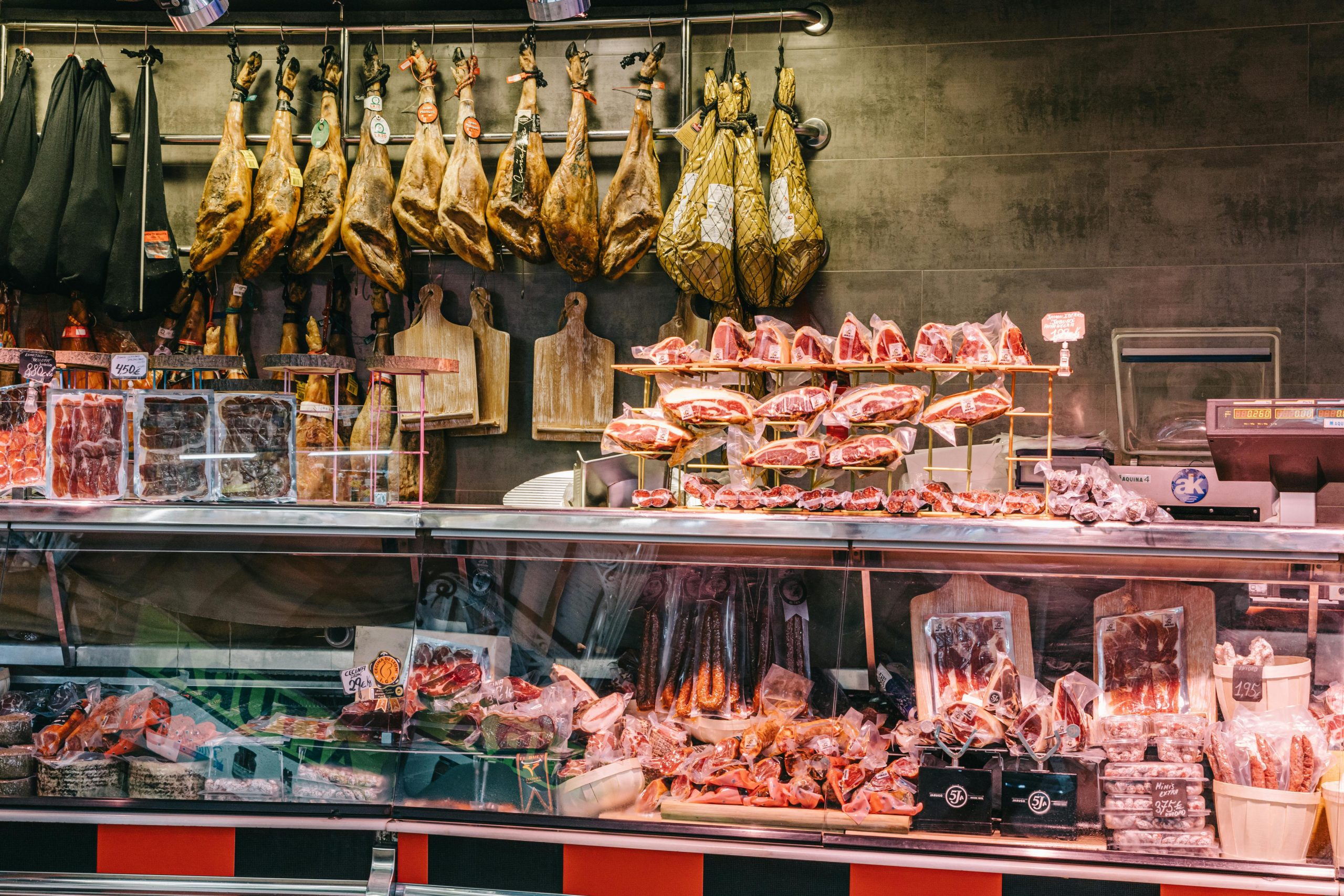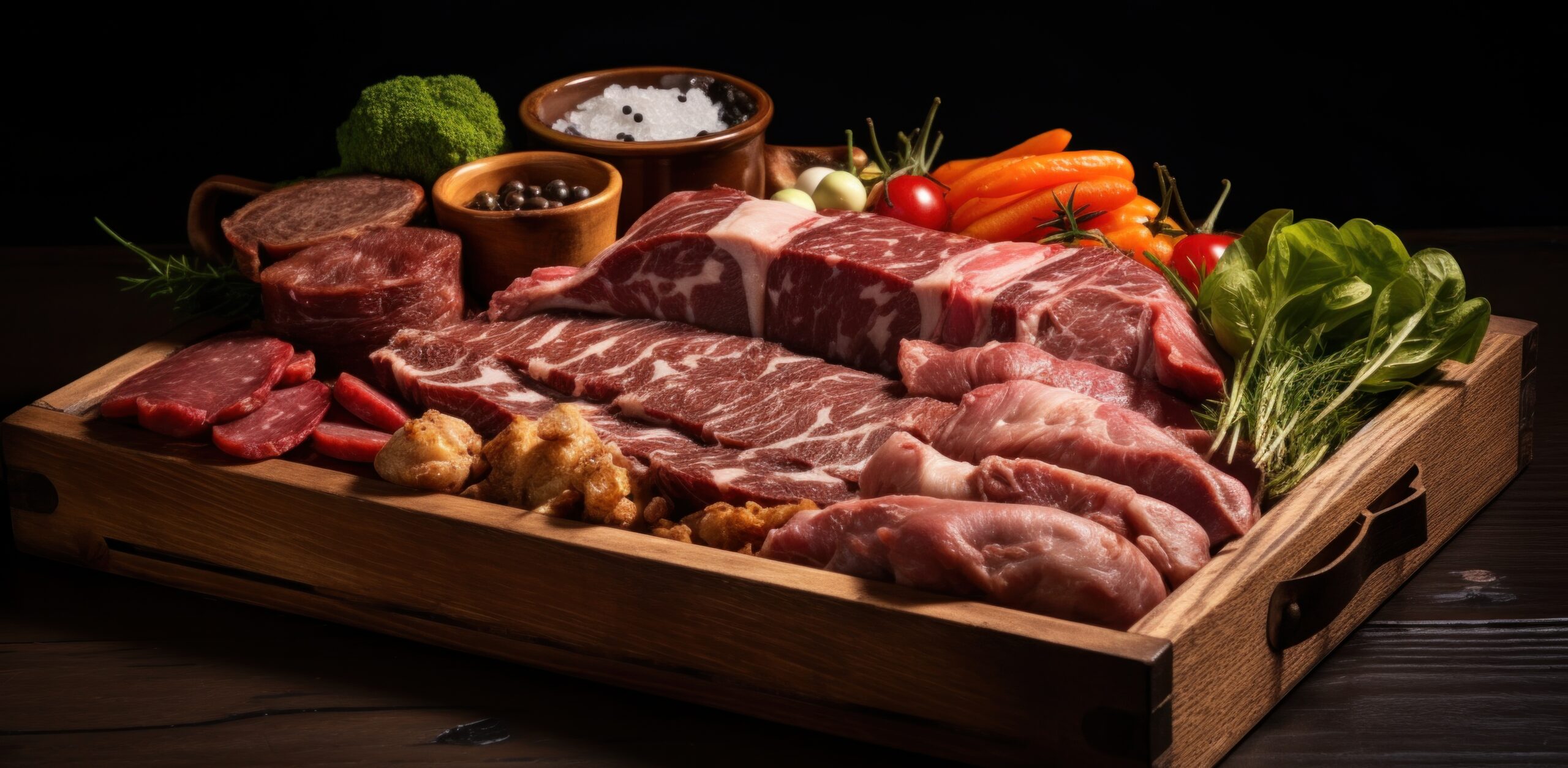Projection and Trends The Cultivated meat sector has come of age, with expectations of rapid growth in the forthcoming decades. Due to great improvements in biotechnology and increasing ecological concern, cultured meat has emerged as a potential game changer for the food industry. The market, estimated at roughly $0.2 billion in 2024, is expected to explode to $229 billion by 2050, backed by an expected Compound Annual Growth Rate of 30.8%. It is in light of this that we revisit the trends, technological innovations, and investments that are in play within the cultured meat ecosystem.
Role of Raman Spectroscopy in the Cultivated Meat
PAT for Monitoring Bioreactors
Indeed, one of the big challenges for lab-grown meat production scaling is a guarantee of continuous, high-quality production from the bioreactors. Raman spectroscopy, being one of the most effective PAT tools, represents an excellent opportunity to monitor real-time, complex biological processes involved in the growth of animal cells in the laboratory. Raman spectroscopy will give some molecular insight into the bioreactors to optimize growth conditions to enhance yield and reduce production costs. This technology is fast becoming invaluable for the firms operating in the cultured meat world, enabling tracking of cell metabolism, nutrient levels, and pH balance with great exactitude.

Advanced Monitoring to Improve Quality Control
Quality control during the production of cultivated meat is a very important process since even slight deviations in cell growth or nutrient balance can result in considerable inequalities in the final product. Using Raman spectroscopy, the manufacturer can determine at what point a divergence might happen so that they can change the conditions to produce a comparable and quality product. This specificity is essential not just for meeting regulatory requirements but also in gaining consumer confidence in a new source of food. As the industry goes on to scale, Raman spectroscopy will remain a staple in cultivated meat fabrication plants worldwide.
Market Drivers: Ecological and Ethical Reasons
Supplementation of Resources with Cultivated Meat
As it stands, traditional meat manufacturing shows a great environmental impact brought about by the consumption of a lot of land and water, not to mention feed. On the other side of the coin, cultivated meat presents an eco-friendly alternative in the form of drastically reduced consumption of these commodities. It is possible to cultivate animal cells in a controlled environment with less resource use. This cuts down on greenhouse gas emissions and stress that many natural systems face around the world. Considering the increasing population of the world, consumption of more protein will gradually increase, and new production technologies could make sense as a practical solution for the growing resource gap around the world.
Ethical Reasons Driving the Market Demand
Consumers are increasingly sensitive to various ethical issues associated with traditional livestock farming, most of which involve animal cruelty, habitat destruction, and intensive resource use. With cultured meat comes the avenue of consuming animal protein without the moral guilt associated with conventional meat production. This shift in attitudes among consumers contributes to the demand for lab-grown meat as more consumers lean toward humane and sustainable food options. But companies like Ivy Farm believe that the future of meat is in a petri dish, where a new wave of “cleaner,” “greener” meat is said to save animals, spare the environment, and perhaps even improve human health.
The Cultivated Meat Market: Key Players, Partnerships, and Investments
Industry Leaders and Innovators
Major players and fresh startups are making the cultured meat market top of their agenda, with respective value additions through technology and overall industry development. Companies like Ivy Farm are at the forefront, prioritizing good cell culture techniques and bioreactor design to accommodate large-volume, low-cost production. The investment by big food companies and venture capital firms indicates the promise of the market. In a drive to move the industry forward, collaborative ventures between tech companies, food giants, and academic institutions pool together experience and resources.
Investment Trends and Patent Activity
Investors in the food industry are coming to realize that cultured meat will disrupt their food industry, and millions of dollars were poured into cultivated meat startups in 2024. Research, infrastructure, and manufacturing facilities saw the light of day. Patent activity has surged in the sector, as companies are competing to stake proprietary technologies that will give them an edge over the competition. These patents span everything from bioreactor design to cell culture media formulation so these companies are in a good position for long-term growth and profitability as the market expands.

Future Outlook: $229 Billion Industry by 2050
Market Growth of Cultured Meat
It is foreseen that the cultivated meat market could grow annually by 30.8%, thus turning into one of the biggest food market sectors by 2050. Key markets for this product include North America, Europe, and parts of Asia where interest in alternative food sources is great. Through product differentiation, cultured meat is likely to capture a significant share of the global protein market in forms of sustainable, ethical, and quality meat products, offering alternatives to traditional livestock farming and, therefore, a reduced reliance on them.
Challenges and Opportunities Ahead
The overall growth potential of the industry remains huge, yet challenges remain to be overcome-namely, regulatory hurdles, significant production costs, and public perception are among those that players must address for mainstream acceptance. However, prospects are endless, with improvements in all spheres of bioreactor technology, cell culture media, and awareness among the masses. Once access to lab-grown meat is widespread and the price comes down, it is likely to revolutionize diets and decrease ecological footprints with a promise of sustainable food for the future.
Conclusion: Cultured Meat the Sustainable Protein of the Future
The cultured meat industry has been trailblazing into a new trajectory of production of sustainable protein. The segment is in a very good place to move on an exponential growth rate with the utilization of advanced technologies, such as Raman spectroscopy, and raising huge investments. As environmental, ethical, and technical factors continue to drive growth in cultured meat, it’s likely to revolutionize the global food industry until 2050. With various changes in consumer tastes and improvements in the manufacturing process, in the near future, cultivated meat will become a commonplace product in people’s diets across the world, representative of the shift toward sustainability and humaneness within the food system.










